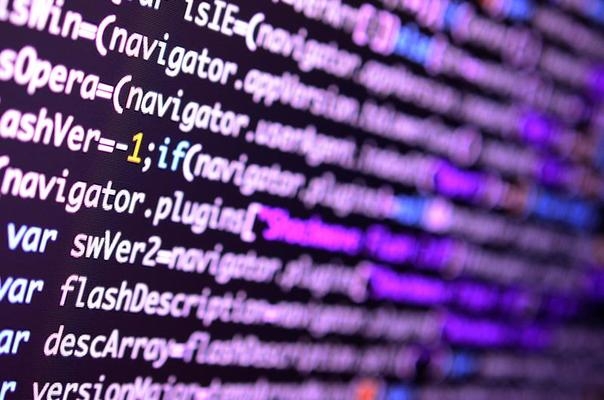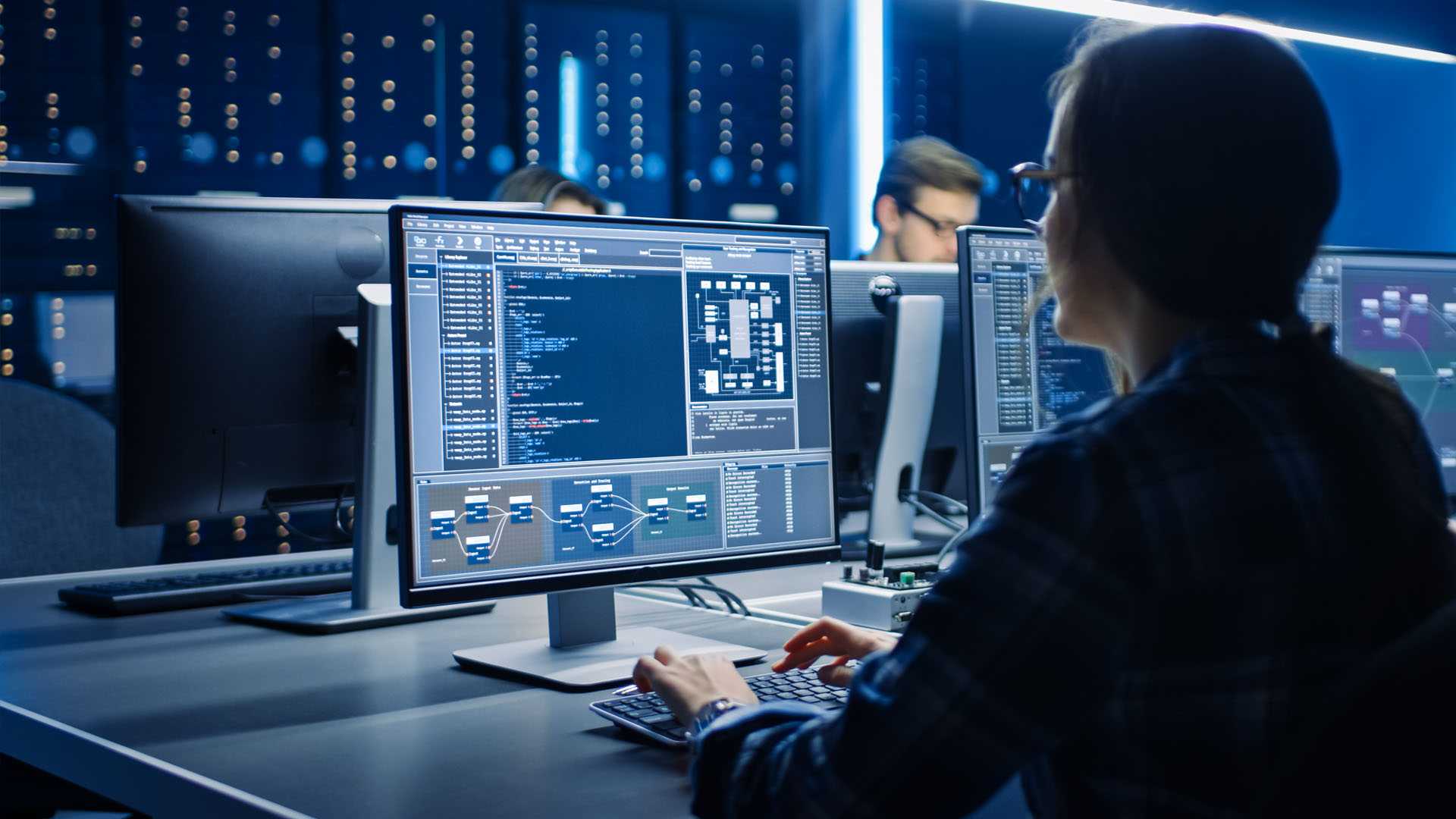Jason Nguyen
January 20, 2024
Note About Command Line
Some notes about the command line.

I recently delved into the fascinating world of the Command Line during my computer science course. Here, I share my insights to solidify my understanding and benefit others.
Table of Contents
- What is an OS
- Intro on the Command Line
- File System
- Modifying the Filesystem
- Glob patterns and Wildcards
- User and Permissions
- File Inspection
- Text Processing
- Redirection and Pipelines
- Standard Streams and File Descriptors
Most people interact with computers using graphical user interfaces (GUIs), such as Windows or Mac OS. However, Command Line Interfaces (CLIs) offer a text-based way to interact with machines.
What is an OS
Operating systems (OS) are crucial for managing hardware and coordinating tasks. They act as the interface between users and applications.
Unix, designed to replace punched cards, introduced a modular design philosophy with simple tools and a shell for command execution.
Introduction on the Command Line
Anatomy of Commands
Commands have a basic structure: utility_name parameter1 parameter2 ... parameterN. Options start with a dash (-), and arguments are objects on which the command acts.
Command history
Interactive command history access allows reusing and modifying commands, enhancing efficiency.
Ending Your Session
Terminating a command-line session can be done by closing the terminal window or using the exit command.
File System
A file system organizes files into directories. The working directory is where the terminal’s session is located.
Working Directory
The current working directory (cwd) is where the shell is running. Commands like pwd and ls help navigate and list directory contents.
Modifying the Filesystem
Creating Directories
Use mkdir to create directories, following POSIX standards for naming conventions.
Deleting Directories
Empty directories can be removed with the rmdir command.
Copying Files
Copying files with cp requires caution to avoid overwriting existing files. Interactive mode (-i) can prevent accidental overwrites.
Moving and Renaming Directories and Files
The mv command efficiently moves and renames files without requiring a recursive flag.
Glob Patterns and Wildcards
Glob patterns, similar to regular expressions, help match filenames. Wildcards like * and ? facilitate flexible pattern matching.
The * Wildcard
* matches any character, any number of times, except for leading dots (.).
Escaping Characters
Use a backslash (\) to escape characters’ special meanings in glob patterns.
The Wildcard []
Square brackets allow matching specific characters, providing more control over patterns.
User and Permissions
Users
Users have distinct permissions for system security. Commands like whoami and id reveal user information.
Groups
Groups categorize users for efficient permission management. The groups command lists user groups.
Permissions
File permissions, applied to owners, groups, and others, control access. The chmod command modifies permissions.
The superuser
The root user, with UID 0, has elevated privileges. sudo allows users to execute commands with superuser privileges.
File Inspection
Text Files
Text files store data and code. Commands like head, tail, wc, and file aid in inspecting and understanding text files.
Type of Files
Use the file command to identify a file’s type.
Text Processing
Text processing involves tasks like reformatting, extracting, and modifying text files. Commands like cat, grep, and sed are powerful tools.
Concatenate
cat concatenates and displays file content. It’s commonly used to combine files.
Grep
grep searches for patterns in text using regular expressions. It’s a versatile tool for filtering content.
Redirection and Pipelines
Redirection and pipelines enhance command flexibility.
Redirecting Output with >
The > operator redirects command output to a file, creating or overwriting the file.
Redirecting Output with >>
The >> operator appends command output to a file.
Pipelines
Pipelines (|) connect commands, allowing output from one command to serve as input for another.
Standard Streams and File Descriptors
Processes communicate through standard streams: stdin, stdout, and stderr.
Duplicating File Descriptors
2>&1 duplicates stderr into stdout. Understanding file descriptors helps manage command input and output effectively.

